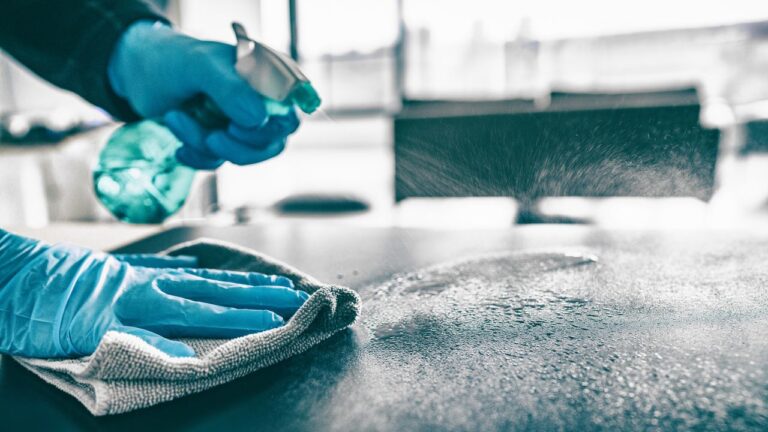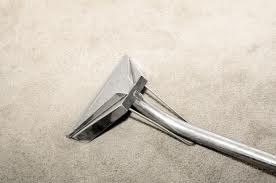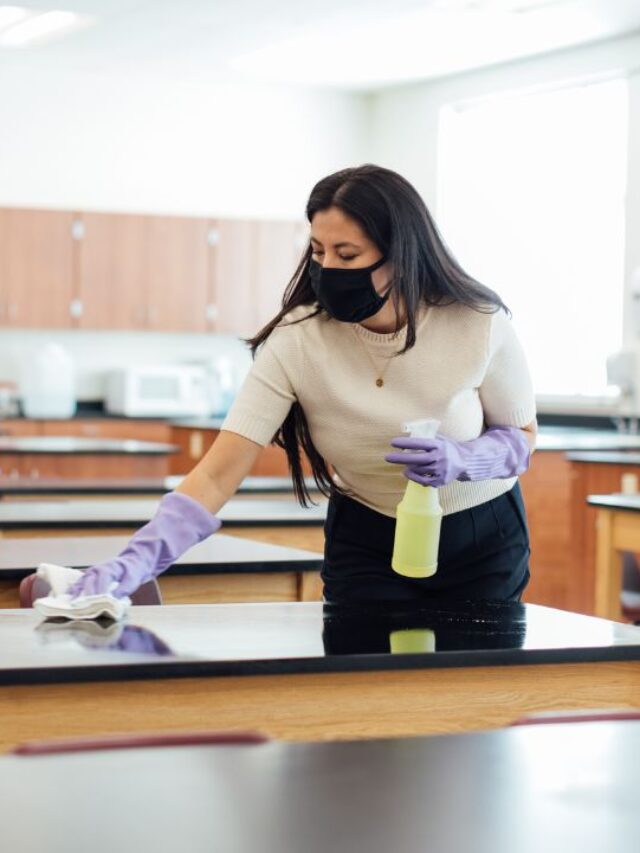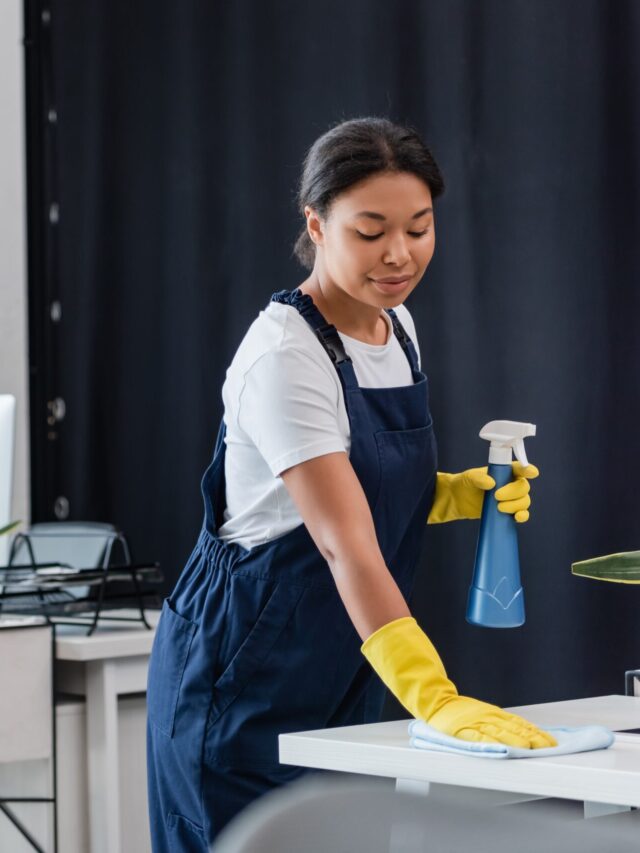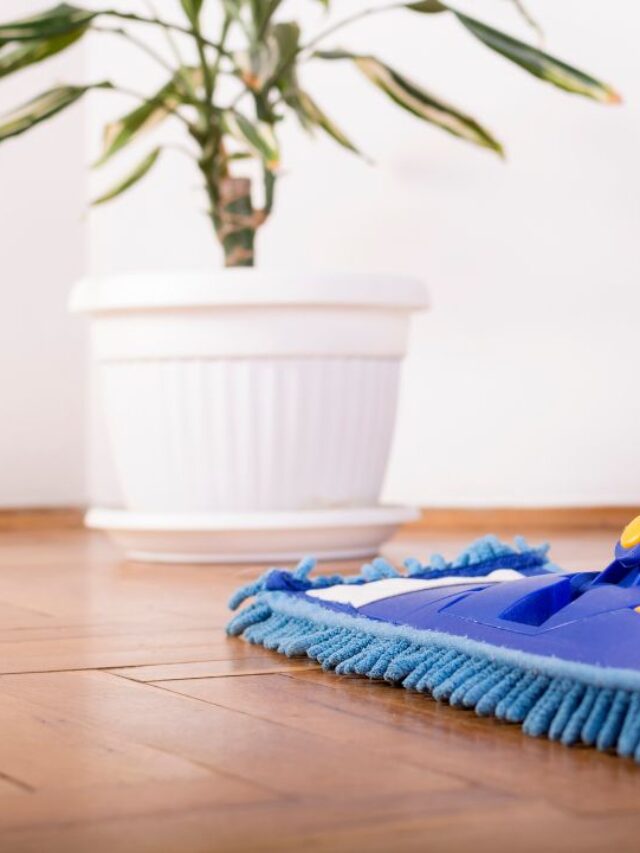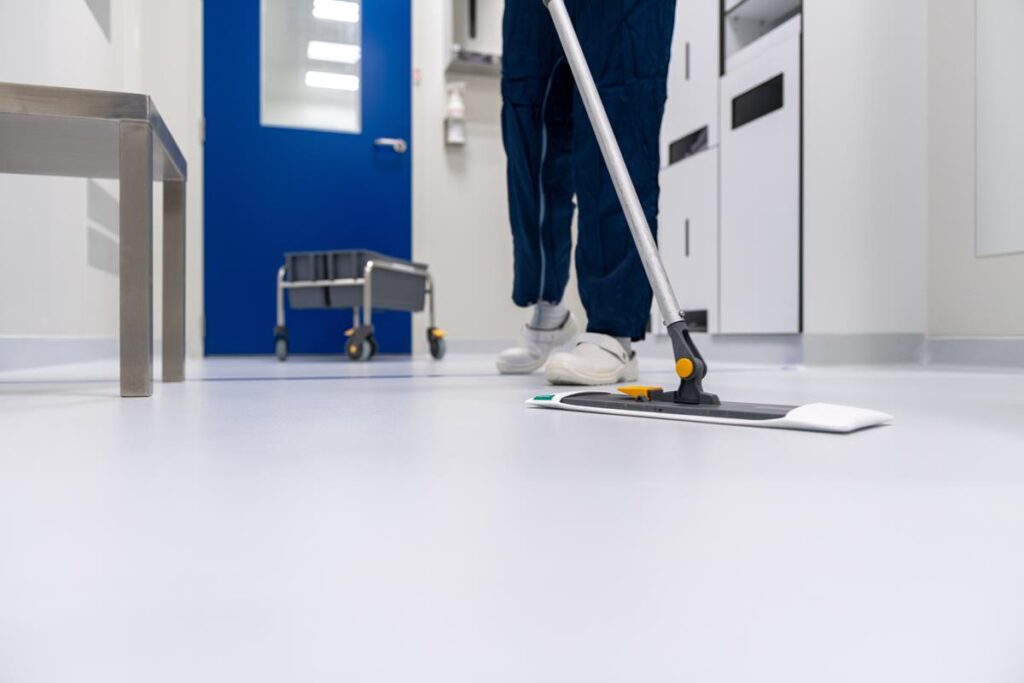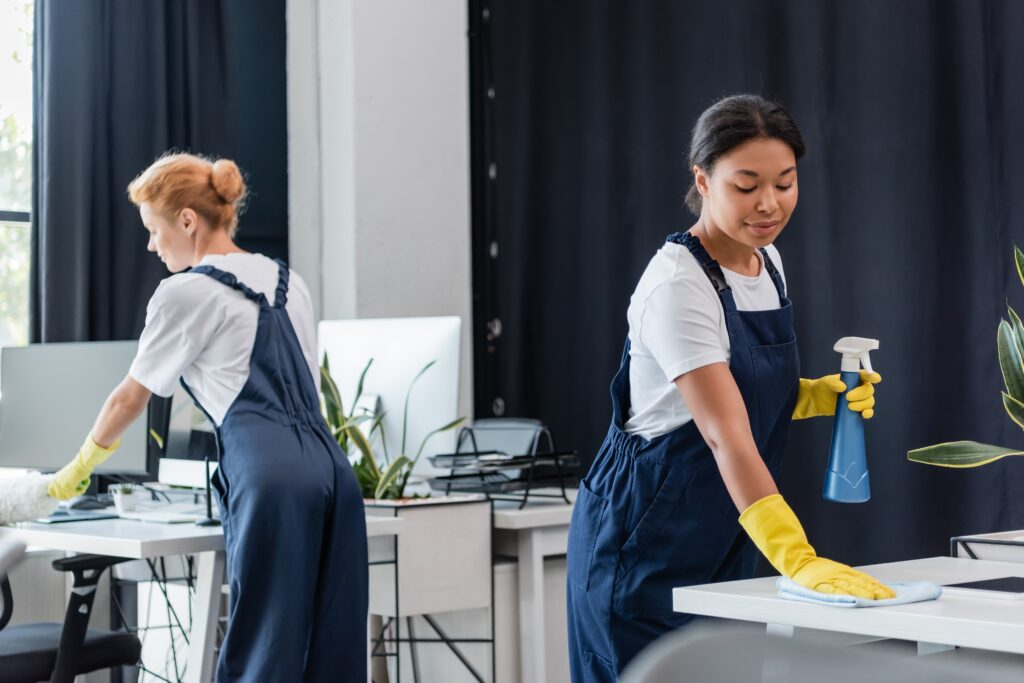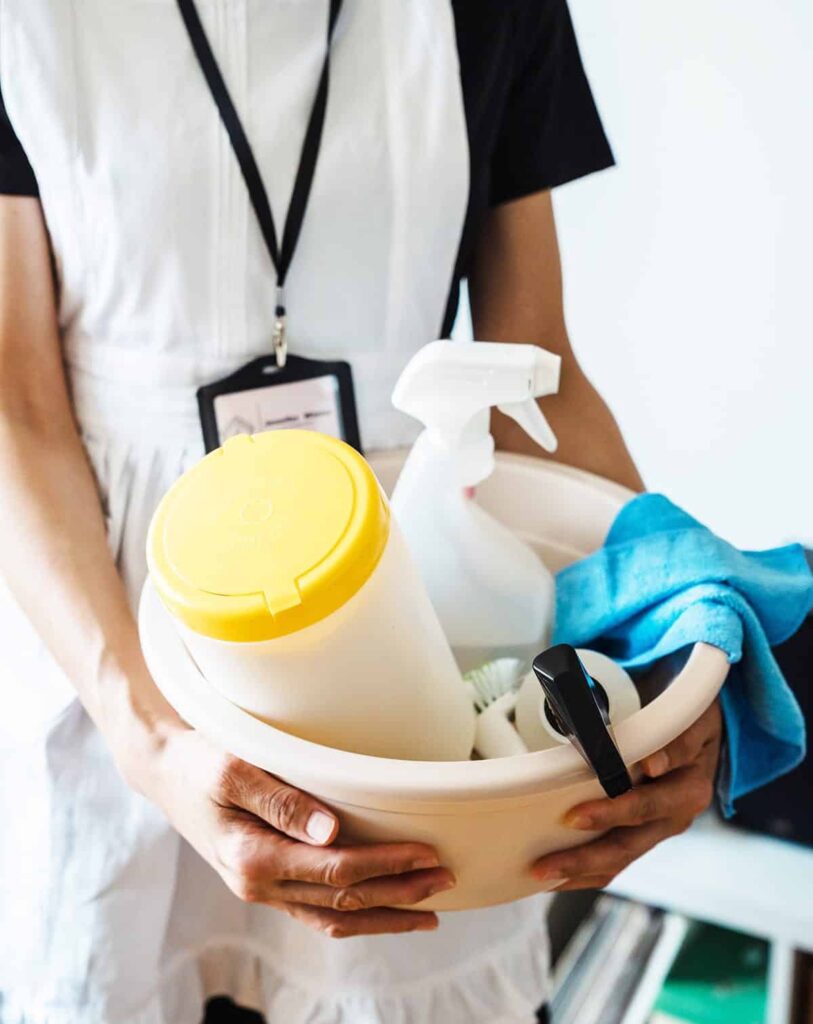Cleaning Tips for Artworks in Different Materials
Artworks are valuable and cherished possessions, often holding significant sentimental and monetary value. Proper cleaning and maintenance are crucial to preserving their beauty and ensuring they stand the test of time. In this post, we’ll share expert cleaning tips for artworks made from various materials, helping art galleries and collectors keep their collections in pristine condition.
Cleaning Paintings
When it comes to cleaning paintings, it’s essential to approach the task with care and precision. Paintings, whether oil, acrylic, or watercolor, are delicate and can be easily damaged if not handled properly. Dust, dirt, and grime can accumulate on the surface over time, dulling the vibrant colors and details that make each piece unique. By following appropriate cleaning methods, you can restore the painting’s original beauty without compromising its integrity. Let’s explore the materials you’ll need and the steps to ensure your artwork remains in excellent condition.
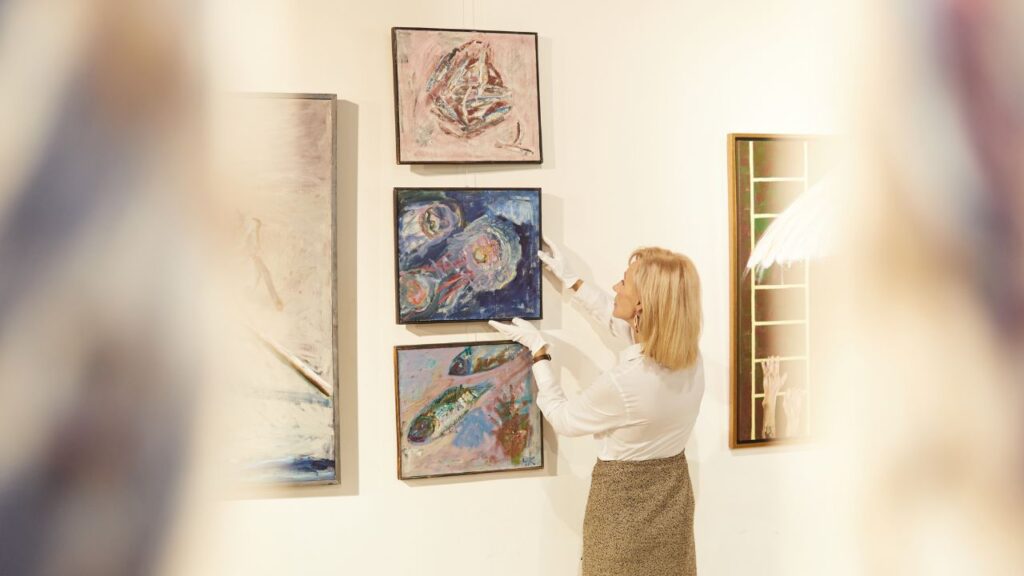
Materials Needed
Before you start cleaning a painting, gather the necessary materials: soft brushes, microfiber cloths, distilled water, cotton swabs, and a mild detergent. Avoid using harsh chemicals or abrasive tools, as they can damage the artwork.
Keep Your Office Spotless with Our Free Office Cleaning Checklist!
Want to make sure you’re covering all the essential cleaning tasks? Our comprehensive guide covers all essential cleaning tasks, from daily tidying to deep cleaning tips. Make sure no spot is missed and create a healthier, more organized workspace today!
Step-by-Step Guide for Cleaning
- Dusting: Use a soft brush to gently remove dust from the surface. Start from the top and work your way down.
- Surface Cleaning: Dampen a microfiber cloth with distilled water and lightly wipe the surface. Avoid getting the canvas too wet.
- Spot Cleaning: For tougher spots, use a cotton swab dipped in a mild detergent solution. Gently rub the area and then wipe with a damp cloth to remove any residue.
- Drying: Let the painting air dry completely before rehanging it.
Precautions to Take
- Test a small, inconspicuous area before cleaning the entire painting.
- Avoid using solvents or commercial cleaning products.
- Be cautious of the frame; clean it separately using appropriate methods.
Cleaning Sculptures
Sculptures, with their diverse materials and intricate designs, require tailored cleaning approaches to ensure they remain pristine and undamaged. Whether displayed indoors or outdoors, sculptures can collect dust, grime, and even environmental pollutants, which can affect their appearance and longevity. Understanding the specific needs of each material is crucial for effective and safe cleaning. Let’s delve into the different materials sculptures can be made from and the best practices for cleaning each type.
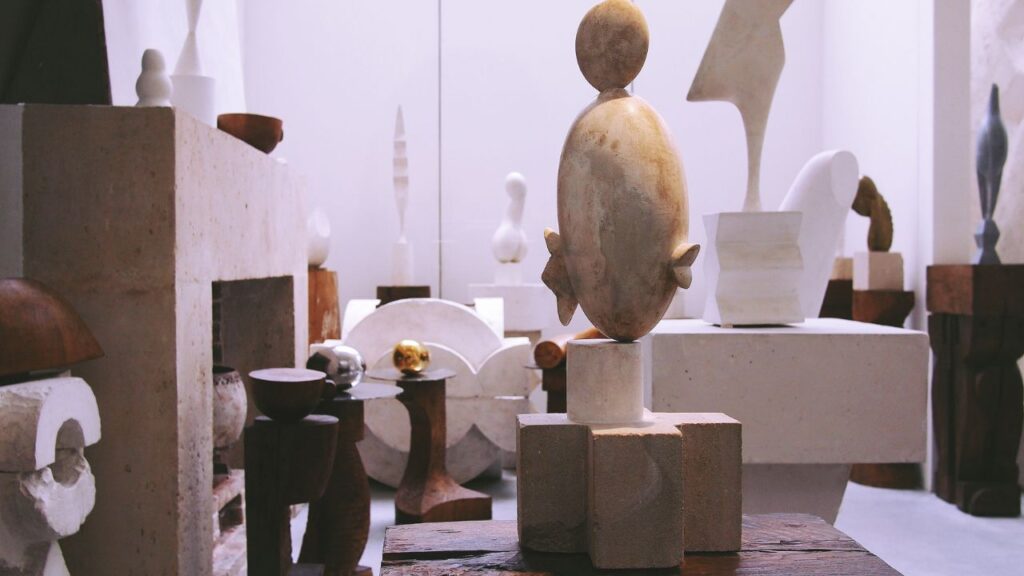
Different Materials
Sculptures come in various materials, each requiring specific cleaning techniques. Here’s a detailed breakdown:
Metal
- Dusting: Use a dry, soft cloth to remove dust. For intricate designs, a soft-bristled brush can help reach crevices.
- Cleaning: For tarnished metal, use a specialized cleaner recommended for the specific type of metal, such as brass, bronze, or stainless steel. Apply the cleaner with a soft cloth, following the product instructions. Buff gently to restore shine. For delicate or antique pieces, consult a professional conservator to avoid potential damage.
- Protective Measures: Consider applying a thin coat of microcrystalline wax to protect against future tarnishing and environmental damage.
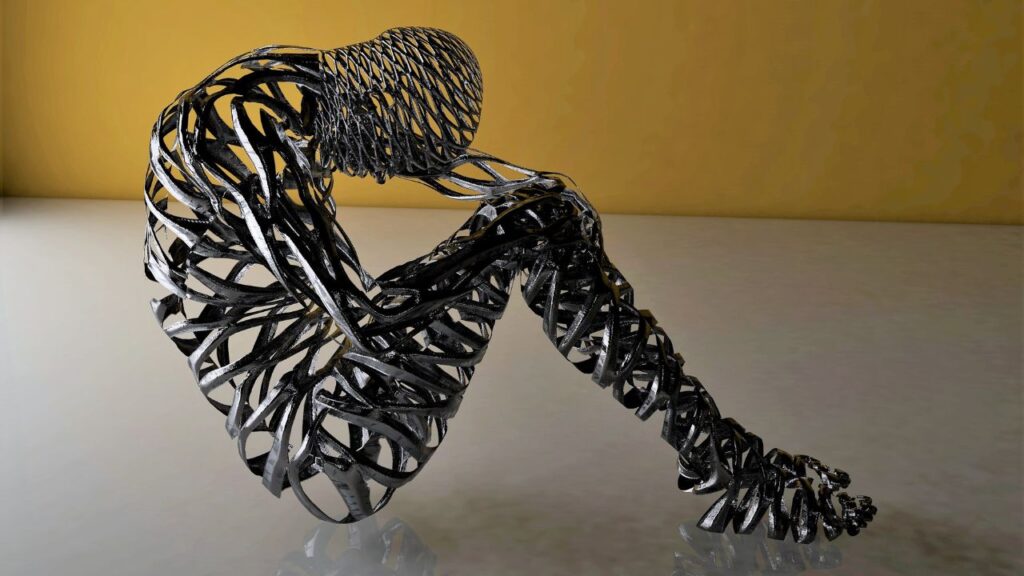
Stone
- Dusting: Use a soft brush or cloth to gently remove dust. For detailed carvings, a small, soft-bristled brush can help clean tight areas.
- Cleaning: Mix a mild detergent with water and use a soft brush to clean the surface. Avoid using acidic or harsh cleaners as they can erode the stone. Rinse with distilled water to remove any soap residue, and dry with a clean cloth.
- Sealing: For porous stones like limestone or sandstone, applying a stone sealer can help protect against staining and moisture absorption.
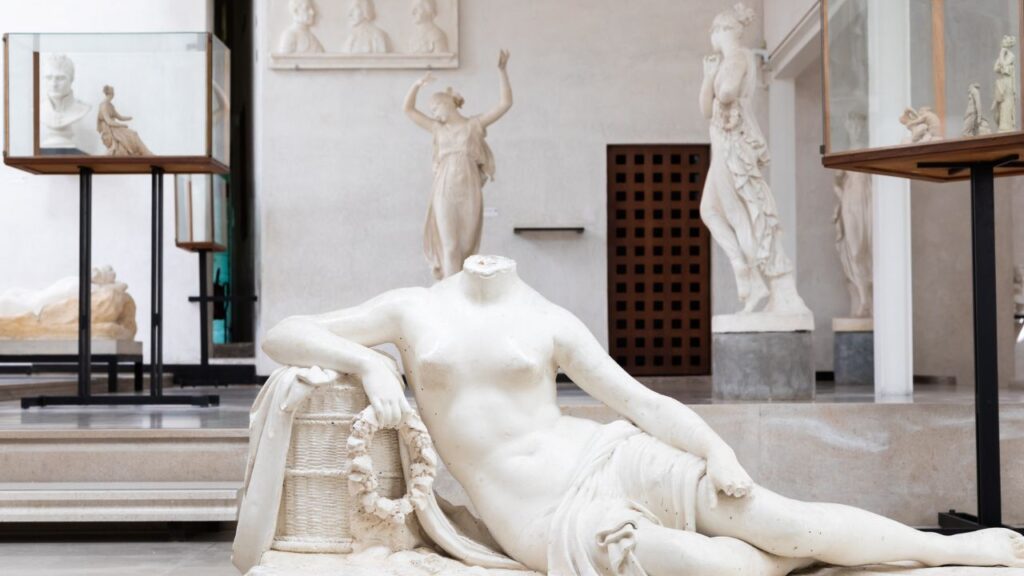
Wood
- Dusting: Use a dry, soft cloth or a feather duster to remove dust. For carvings and textured surfaces, a soft-bristled brush works best.
- Cleaning: Use a wood cleaner suitable for the specific finish, whether it’s varnished, painted, or untreated. Apply with a cloth, following the grain of the wood, and buff gently to restore shine. For unfinished wood, a mixture of mild soap and water can be used, but avoid soaking the wood to prevent warping.
- Conditioning: Periodically, treat the wood with a suitable conditioner or wax to maintain its luster and protect against drying out or cracking.

Dos and Don’ts
Do:
- Use gentle, non-abrasive materials and tools.
- Test cleaning products on a small, inconspicuous area first.
- Maintain a consistent cleaning schedule to prevent buildup.
- Consult a professional for valuable or antique sculptures.
Don’t:
- Submerge sculptures in water or use high-pressure cleaning methods, as this can cause irreversible damage.
- Use harsh chemicals or abrasive pads, which can scratch or erode the material.
- Expose sculptures to extreme temperature or humidity changes, as this can lead to cracking or other damage.
By understanding the specific needs of each material and following these detailed cleaning tips, you can ensure your sculptures remain in excellent condition, preserving their beauty and structural integrity for years to come.
Cleaning Textiles
Textile art, encompassing a wide range of pieces from tapestries to fabric installations, demands meticulous care to maintain its delicate fibers and intricate designs. These artworks are particularly susceptible to dust, dirt, and environmental damage, requiring gentle and precise cleaning methods. Incorporating effective cleaning tips for artworks is essential for proper maintenance, as it not only preserves their visual appeal but also extends their lifespan. Let’s explore the various types of textile art and the specific considerations for keeping them in top condition.
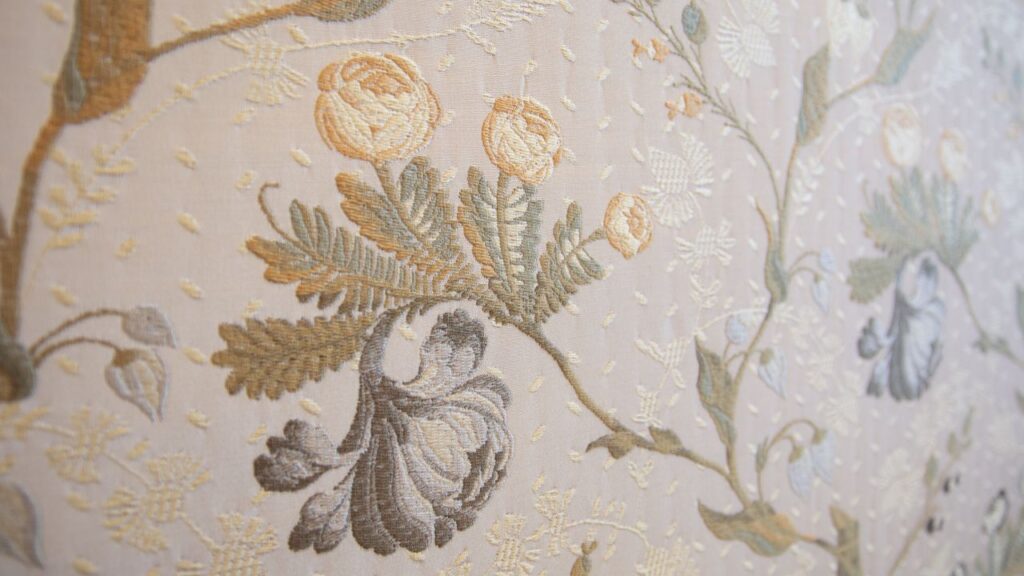
Types of Textile Art
Textile art includes tapestries, embroidered pieces, and fabric-based installations. Each type of textile art requires careful handling to maintain its delicate fibers and intricate designs.
Tapestries, often large and heavy, need regular dusting with a vacuum’s soft brush attachment to prevent dirt from embedding in the fabric.
Embroidered pieces, which feature detailed stitching, should be cleaned using gentle spot-cleaning methods with a mild detergent, avoiding excessive moisture to prevent fabric distortion.
Fabric-based installations, which may incorporate various fabrics and techniques, require a combination of vacuuming and spot cleaning, with special attention to the different materials used.
Proper handling, such as using gloves to prevent oils from hands transferring to the fabric, is essential for all types of textile art to ensure they remain in pristine condition.
Best Practices for Cleaning and Maintenance
- Dusting: Use a vacuum with a soft brush attachment to remove dust. Set the vacuum to low suction.
- Spot Cleaning: Dab stains with a cloth dipped in a mild detergent solution. Blot gently and avoid rubbing.
- Storage: Store textiles in a cool, dry place away from direct sunlight. Use acid-free tissue paper to prevent creases and discoloration.
Common Mistakes to Avoid
- Avoid using strong detergents or bleach.
- Do not machine wash delicate textile art.
- Refrain from exposing textiles to direct sunlight for extended periods.
Cleaning Mixed Media Artworks
Mixed media artworks present unique challenges due to their combination of different materials, each with its own cleaning requirements. These pieces often include elements like paper, fabric, metal, and paint, which are intricately layered to create a cohesive work of art. Ensuring the longevity and visual integrity of mixed media art requires a nuanced approach to cleaning. Our cleaning tips for artworks will help you address the specific needs of these diverse components. Let’s delve into what constitutes mixed media and how to clean these unique pieces effectively.

Understanding Mixed Media
Mixed media artworks combine various materials such as paper, fabric, metal, and paint, resulting in unique and complex pieces that require specialized care. Each material in a mixed media piece brings its own set of characteristics and cleaning needs, making a one-size-fits-all approach ineffective.
Tailored Cleaning Approaches
- Paper and Fabric: Use dry cleaning methods, such as gentle brushing or vacuuming.
- Metal and Paint: Refer to the cleaning methods for metal and painted surfaces mentioned earlier.
- Adhesives and Delicate Components: Avoid getting these areas wet. Use a dry cloth or a soft brush.
Tips for Delicate Components
- Handle with care to avoid dislodging any elements.
- Test cleaning methods on a small area first.
- Seek professional advice for complex or heavily soiled pieces.
General Tips for All Artworks
Maintaining your artworks in top condition requires more than just occasional cleaning; it involves understanding the environmental factors and regular care practices that can impact their longevity. By incorporating these cleaning tips for artworks into your routine, you can protect your art from potential damage and ensure it remains vibrant and intact for years to come. Let’s examine the key environmental factors to consider when caring for your artworks.

Environmental Factors to Consider
- Humidity: Maintain a stable humidity level (40-50%) to prevent damage from moisture.
- Temperature: Keep the temperature stable, avoiding extreme fluctuations.
- Lighting: Avoid direct sunlight, which can cause fading and deterioration.
Regular Maintenance Tips
- Inspection: Regularly inspect artworks for signs of damage or deterioration.
- Cleaning Schedule: Establish a routine cleaning schedule to prevent buildup of dirt and dust.
- Handling: Use gloves when handling artworks to avoid transferring oils and dirt.
When to Seek Professional Help
- For valuable or heavily soiled artworks, consult a professional conservator.
- If you are unsure about cleaning methods, it’s better to err on the side of caution and seek expert advice.

Conclusion
Preserving the beauty and integrity of your art collection requires careful attention to cleaning and maintenance. By following these material-specific cleaning tips, you can ensure that your artworks remain in pristine condition for years to come. However, sometimes professional help is necessary to achieve the best results.
At Busy Bee Cleaning Service, we understand the unique needs of preserving and maintaining artworks. With years of experience, our team of professionals is dedicated to providing top-notch cleaning services that prioritize quality and attention to detail. Our robust infrastructure and excellent reputation in the industry make us a trusted partner for art galleries and museums.
You can rest assured that your artworks are in good hands. Our commitment to excellence and our leadership in the cleaning industry make us the ideal choice for those who value quality and reliability. Let us help you preserve your art with the care and expertise it deserves.
Contact Us
Get a quote
Your satisfaction is our priority, and we’re here to assist. Reach out to Busy Bee effortlessly by contacting us. Whether you have questions, need a custom quote, or want to discuss your cleaning requirements, our friendly team is ready to respond promptly. Connecting with us is the first step towards a cleaner and more comfortable environment for your home or business.
Call us for a quote today!
Contact Us
Get a quote
Your satisfaction is our priority, and we’re here to assist. Reach out to Busy Bee effortlessly by contacting us. Whether you have questions, need a custom quote, or want to discuss your cleaning requirements, our friendly team is ready to respond promptly. Connecting with us is the first step towards a cleaner and more comfortable environment for your home or business.


